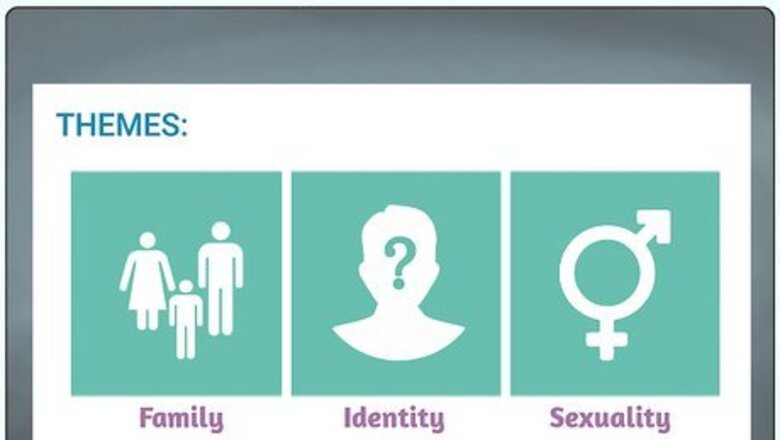
views
Writing an Original Fairy Tale
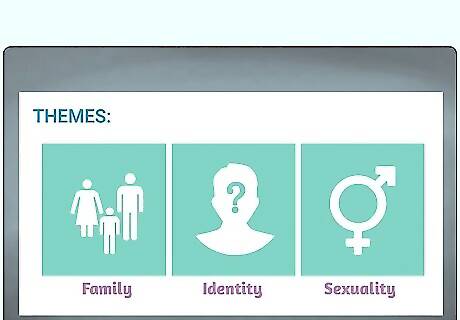
Focus on a particular theme. You may choose a theme like “identity,” “loss,” “sexuality,” or “family.” You can then explore this theme in your fairy tale. Pick a theme that you relate to personally or feel you can discuss from a unique point of view. For example, you may pick a theme like “family” and focus on your relationship with your sister. You can then create a fairy tale around the birth of your sister or around a childhood memory that involves your sister.
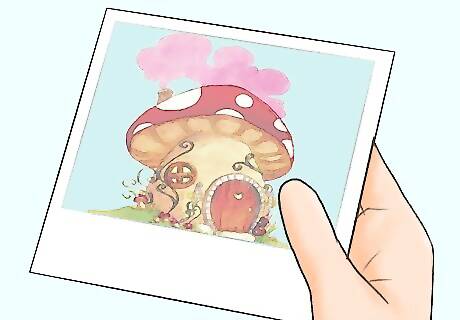
Choose a unique setting. Most fairy tales are set in a fantastic place that combines real life and magic. You may choose a setting like an enchanted forest or a cursed pirate ship. You can also choose a setting like your neighbourhood and add magical elements to it to make it more fantastical. For example, you may use your neighbourhood as a setting and include a talking tree by your house. Or you may make the setting futuristic by imagining what your neighbourhood might look like in 100 years.
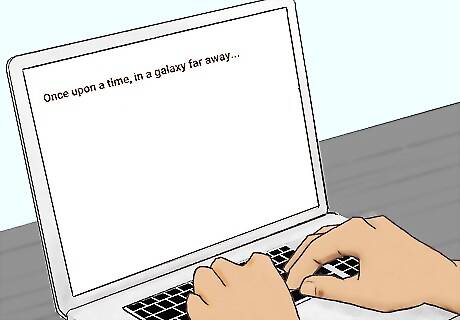
Start with an engaging opening. Most fairy tales begin with “Once upon a time…” or “Long, long ago…”. You can use the standard opening, or try to make your opening more unique. For example, you may start with, “There once was a girl…” or “In a futuristic land far, far away…”. Start by introducing characters or setting in the first line of the fairy tale. This will engage your reader right away and set the scene.
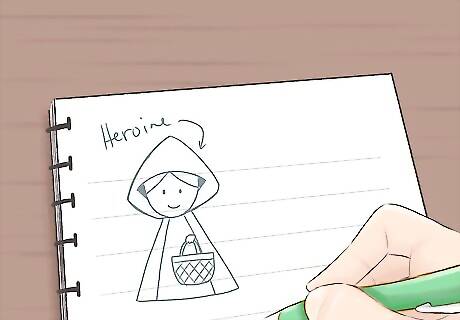
Create a unique hero or heroine. Every fairytale has a hero or heroine that the reader can root for. A heroine is usually a normal person who changes or becomes powerful due to the events in the fairy tale. You can also give your heroine a special ability or power that helps them on their journey. For example, you may have a heroine who is a loner in high school. She could then get lost in a new part of town and meet a series of strange beings or magical creatures.
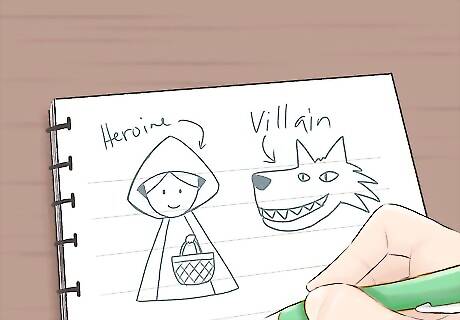
Identify the villain. Every fairytale also has a villain or a source of darkness. The villain could be a magical being or creature. It could also be a person who has more power than the heroine. The villain will be a source of conflict for the heroine and make it difficult for the heroine to achieve their goal. For example, you may have a villain who is a magical rabbit who hates humans. The villain could then make if difficult for your heroine to find her way out of town and get home.
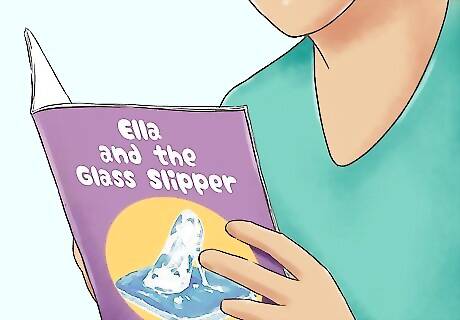
Keep the language simple and accessible. Most fairy tales are written to be accessible for all age groups, from young children to adults. Use language that is simple and easy to read. Avoid long, wordy sentences or complicated vocabulary. In fairy tales, the focus is usually on the characters, setting, and plot. Language is secondary to the magical elements of the story.

Have a moral to the story. The fairy tale should teach the reader something or provide a lesson. The moral does not have to be obvious or stated in the story. But the story should have a moral to share with the reader through the characters, plot, and setting. For example, you may have a fairy tale about a young girl lost in a new town with a moral about being open to meeting new people and accepting the differences of others.

Wrap up with a happy ending. Fairy tales traditionally have a happy ending, where an issue or problem is resolved. Maybe the heroine gets what they want and they prevail over the villain. Or perhaps the villain learns a valuable lesson and decides to be good. Write a happy ending for the fairy tale so your reader can leave your story satisfied. For example, you may write a happy ending where the heroine finds her way home and spend time with her family, telling them of the strange characters she encountered on her journey.
Composing a Retelling of a Fairy Tale
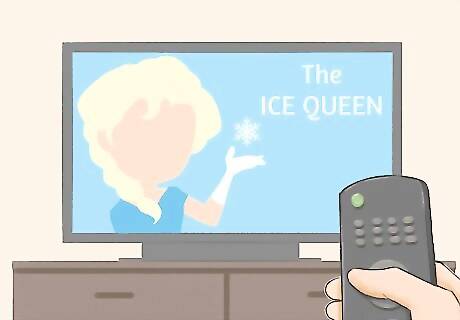
Choose an existing fairy tale to retell. Reread your favourite fairy tale and think about how you would retell it. Pick a fairy tale that you have always found engaging or unsettling. Choose a fairy tale that you feel might be good source material for a modern tale. For example, you could retell classic fairy tales like “Little Red Riding Hood,” “Hansel and Gretel,” or “The Three Little Bears.”
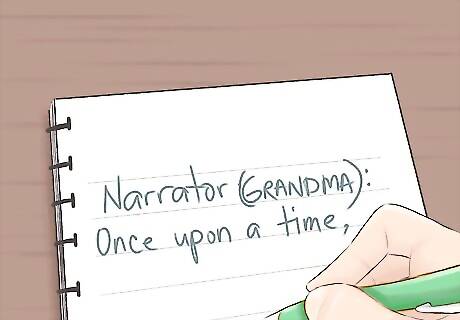
Pick a new or different perspective. Try writing the fairy tale from the perspective of a minor character in the story, or a character that just appears once in the tale. For example, you may try writing "Little Red Riding Hood" from the grandmother’s point of view. You can also try writing the fairy tale from the point of view of an inanimate object in the story, like the house in “Hansel and Gretel.” You can also create a new perspective to update the story, such as writing “Little Red Riding Hood” from the perspective of a young, female wolf who lives next door to the wolf.
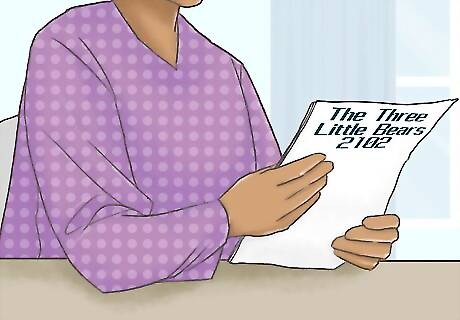
Update the setting. Change the original setting of the fairy tale so it is more modern or futuristic. Put the characters and plot in a completely new setting so the tale feels new or engaging for readers. For example, you may set “The Three Little Bears” in the future, one hundred years from now. Or you may set “Little Red Riding Hood” in Tehran in 2017.

Recast the main characters. Take the main characters and add to their personalities. Expand the characters so they are more three dimensional or well rounded. Play around with the main characters in the fairy tale and make them your own. For example, you could switch around the villain and the hero in the traditional fairy tale so your main character is now the villain. You could make the wolf in “Little Red Riding Hood” the hero in your retelling.
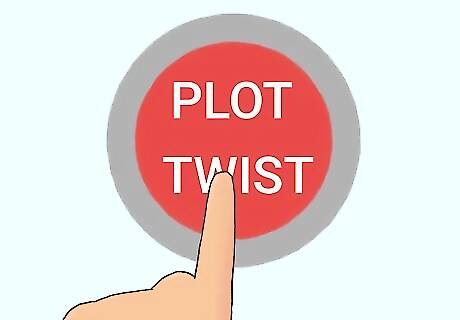
Expand or adjust the existing plot. Take the plot of the fairy tale and adjust it so it has a different ending or a new beginning. Use the existing plot as a jumping off point and adjust it as you see fit in your retelling. For example, you may change the ending of “The Three Little Bears” so Goldilocks has to pay for eating all the porridge by cutting off her golden locks of hair.
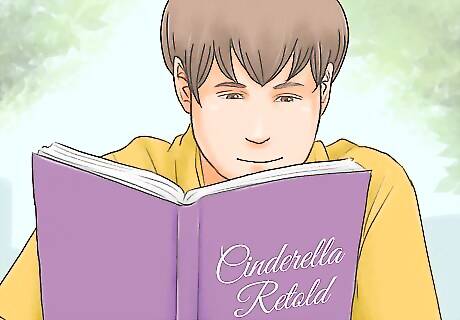
Read examples of fairy tale retellings. There are many fairy tale retellings in modern literature. They often choose a different perspective or change the setting of an existing fairy tale to make it new. You may read examples like: Wicked by Gregory Maguire The Bloody Chamber and Other Stories by Angela Carter Ella Enchanted by Gail Carson Levine
Revising Your Story

Read the fairy tale out loud. Once you have completed a draft of the fairy tale, read it out loud to yourself. Make sure the fairy tale has simple language and sounds clear when it's being read aloud. Look over the fairy tale for any spelling, grammar, or punctuation errors. You should also listen to the fairy tale to make sure each sentence flows and is easy to follow. Change or adjust any wordy phrases.

Show the fairy tale to others. Get feedback from others by showing it to your family, friends, and peers. Ask for feedback on the characters and setting in the fairy tale. Pose questions about the moral of the story to ensure it is satisfying for your readers. You can also read the fairy tale aloud to others to get feedback. Be open to constructive criticism, as it will make the fairy tale better.

Add illustrations to the fairy tale. Many fairy tales are illustrated or have an illustrated cover. You can hire an illustrator or do illustrations yourself for the fairy tale. Make an illustrated cover for the fairy tale that shows the heroine or hero as well as the setting.




















Comments
0 comment